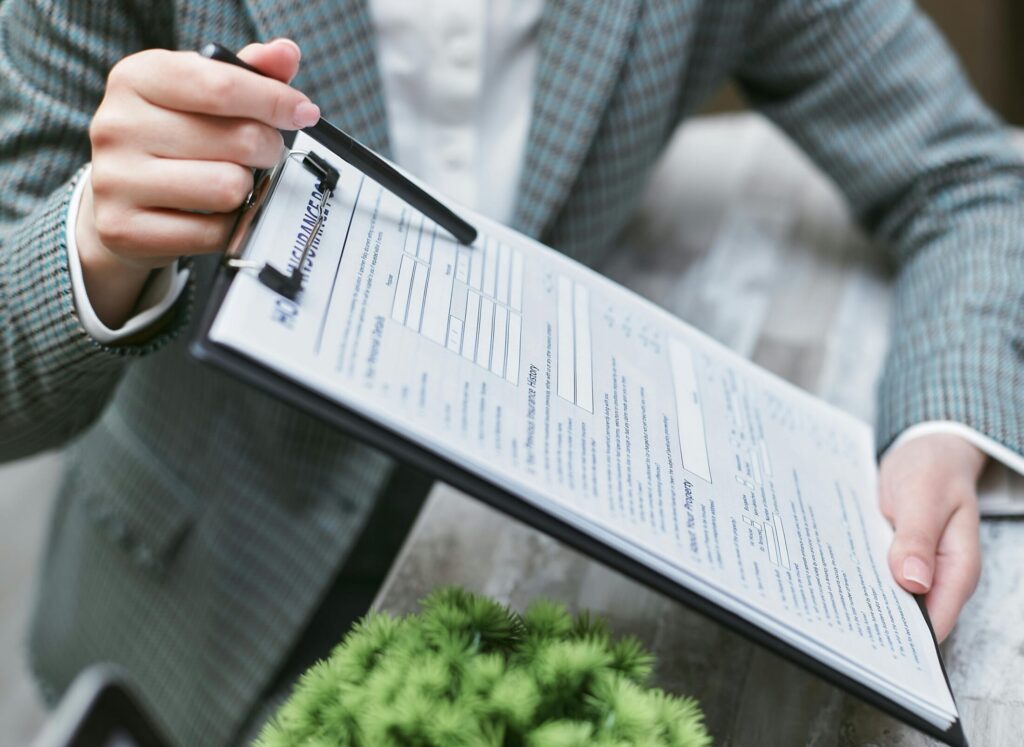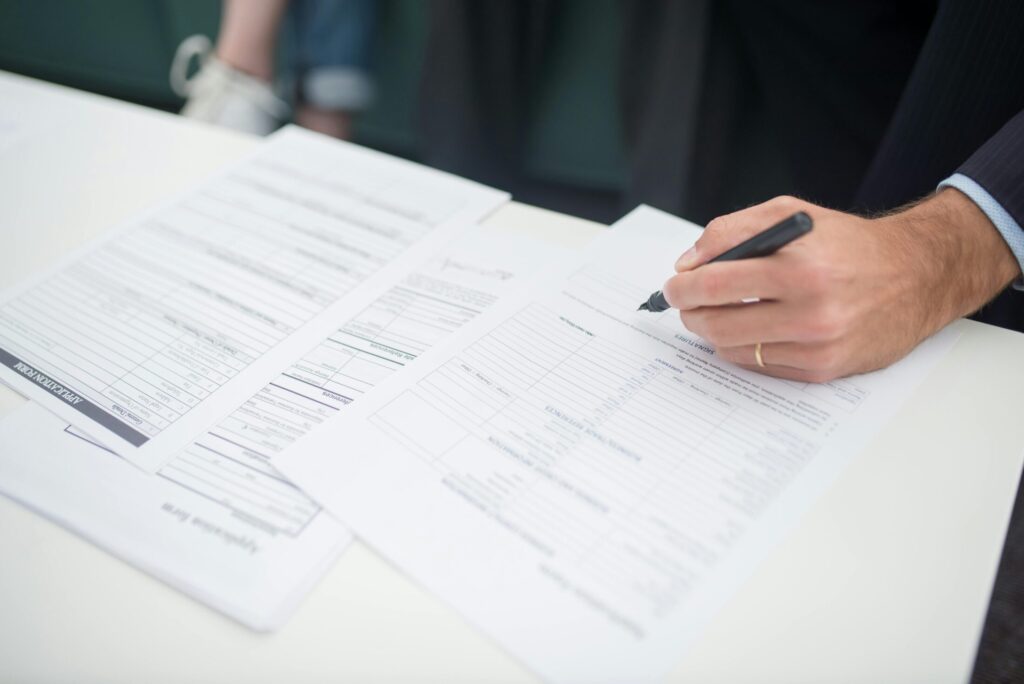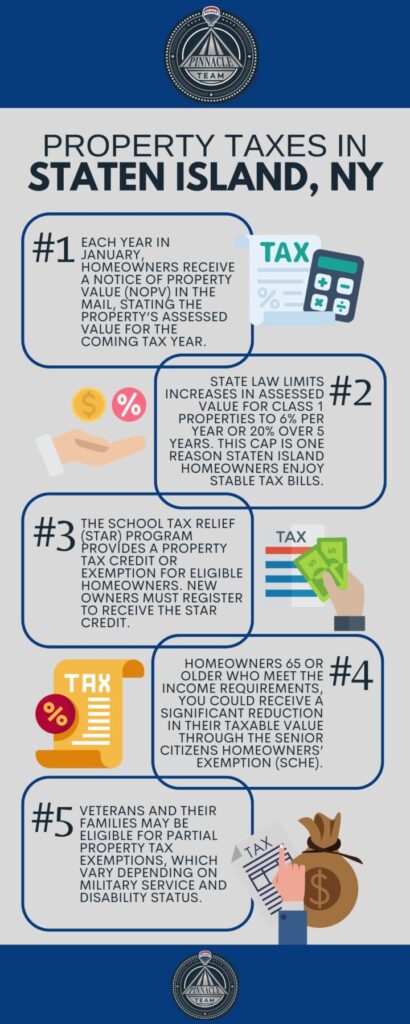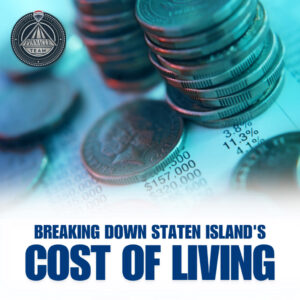Staten Island offers a unique blend of suburban calm with easy access to New York City’s bustle. But owning property here comes with an important responsibility: understanding how property taxes work.
Property taxes in New York City are not just another bill — they fund essential services like schools, police, fire departments, and public works.
Knowing how your tax bill is calculated and where those numbers come from can help you plan better, avoid surprises, and even lower your costs when possible.
This guide breaks down the property tax system in Staten Island step by step — from how your property taxes in Staten Island are calculated to the exemptions, caps, and appeal processes that every homeowner should know.

The Four-Step Tax Calculation Process
Step 1: Determine Market Value
What is the property tax in Staten Island? How is it calculated? Every year, the NYC Department of Finance (DOF) estimates your property’s market value. They do this by analyzing recent sales of comparable homes in your neighborhood.
For Staten Island, this means your home’s market value reflects similar properties on your block, not across Manhattan or Brooklyn.
Step 2: Calculate Assessed Value
Next, the DOF applies the “level of assessment.” For most single-family homes — known as Class 1 properties — the assessed value is 6% of your market value. So, if your home’s market value is $600,000, the assessed value will be $36,000.
Step 3: Apply Exemptions
If you qualify for exemptions, such as the STAR program or senior citizen exemptions, those amounts are subtracted from your assessed value. The result is your taxable value — the number the city uses to determine how much you owe.
Step 4: Apply the Tax Rate
Finally, the taxable value is multiplied by the Staten Island property tax rate, which the City Council sets annually. After subtracting any abatements (such as co-op or condo abatements), the result is your final tax bill.

Key Tax Rules & Concepts
Tax Classes
How much is the property tax in Staten Island? To answer this question, we must first determine the property tax rate in this borough.
NYC properties are divided into four classes. Most Staten Island single-family homes and condos fall into Class 1, which has some of the lowest property tax rates in the city compared to multifamily or commercial properties.
Below are the property tax rates in Staten Island for tax year 2025:
- Class 1 – 20.085%
- Class 2 – 12.500%
- Class 3 – 11.181%
- Class 4 – 10.762%
Assessment Caps
To protect homeowners from sudden spikes in market value, state law limits increases in assessed value for Class 1 properties to 6% per year or 20% over five years. This cap is one reason long-time Staten Island homeowners often enjoy relatively stable tax bills.
The Notice of Property Value (NOPV)
Each year in January, you’ll receive your Notice of Property Value in the mail. This document previews your assessed value for the coming tax year and gives you time to review and challenge it if necessary.
Supplemental Bills
If you recently purchased a home, expect a supplemental bill to cover any difference between the previous owner’s assessment and your new one. This can catch new homeowners off guard, so plan ahead.

Property Tax Exemptions & Benefits
STAR Program
The School Tax Relief (STAR) program provides a property tax credit or exemption for eligible homeowners. New owners must register with the state to receive the STAR credit — it’s no longer applied automatically.
Senior Citizens Homeowners’ Exemption (SCHE)
If you are 65 or older and meet the income requirements, you could receive a significant reduction in your taxable value through the Senior Citizens Homeowners’ Exemption (SCHE).
Veterans Exemptions
Veterans and their families may be eligible for partial property tax exemptions, which vary depending on military service and disability status.
How to Apply
Most exemptions require an application, which you can find on the NYC Department of Finance website. Deadlines typically fall in March, so don’t wait until the last minute.

The Property Tax Appeal Process
File a Challenge
If you think your property’s market or assessed value is too high, you have the right to challenge it with the NYC Tax Commission.
Deadlines
For Class 1 properties, the appeal deadline is usually March 15th — missing it means waiting until the next year.
Informal Review
You can first request an informal review from the DOF, which may resolve the issue without a formal hearing. This step is quick, free, and worth trying before pursuing a full appeal.
Practical Tips for Staten Island Homeowners
Know Your Payment Schedule
If your assessed value is $250,000 or less, your taxes are billed quarterly (July 1, October 1, January 1, and April 1). Higher-assessed properties are billed twice a year.
Be Proactive
Always read your NOPV carefully and compare it with similar homes in your area. If something seems off, file for a review or appeal right away.
Stay Informed
Changes in school budgets or city council decisions can affect your tax rates. Keep an eye on local news and city updates.
Use the Right Resources
NYC.gov offers tools to view your assessment, make payments, and check the status of exemptions — use them to stay organized and avoid missed deadlines.
Conclusion
From market value assessments to exemptions and appeals, Staten Island’s property tax system can seem complicated — but breaking it down step by step makes it much more manageable.
An informed approach helps you stay on top of your bills, challenge unfair assessments, and take advantage of programs that can save you money.
Stay ahead by reviewing your assessment each year, applying for exemptions you qualify for, and consulting a local real estate professional or tax advisor for expert guidance.
Frequently Asked Questions
How do I calculate my property tax bill in Staten Island, NY?
Follow the four-step process: market value → assessed value → exemptions → tax rate.
What is a property tax “assessment cap”?
It’s a limit on how much your assessed value can increase each year (6% annually or 20% over five years for Class 1 homes).
What is the STAR program, and how do I apply?
STAR offers property tax relief for eligible homeowners. Register online through the NYS Tax Department to receive your credit.
How can I appeal my property assessment in New York City?
File a challenge with the NYC Tax Commission by the March 15th deadline
When are my property tax bills due?
Bills are due quarterly or semi-annually, depending on your assessed value.
What is the difference between property tax exemptions and abatements?
Exemptions lower your taxable value, while abatements reduce the amount of tax you owe.
How does buying a home in Staten Island affect my property taxes?
You may receive a supplemental bill to adjust for the difference between the seller’s old assessed value and your new one.





